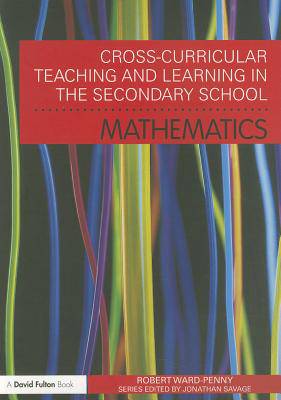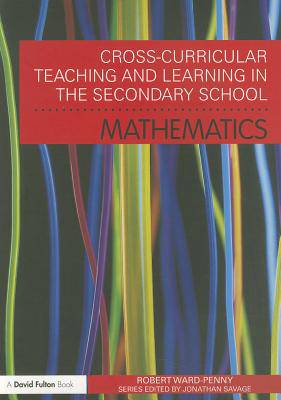
- Retrait gratuit dans votre magasin Club
- 7.000.000 titres dans notre catalogue
- Payer en toute sécurité
- Toujours un magasin près de chez vous
- Retrait gratuit dans votre magasin Club
- 7.000.0000 titres dans notre catalogue
- Payer en toute sécurité
- Toujours un magasin près de chez vous
44,95 €
+ 89 points
Description
Why is cross-curricular work so valuable in the mathematics classroom?
Why can pupils sometimes draw graphs in mathematics but not in science? What might mathematics teachers learn from the performing arts? Cross-curricular approaches have much to offer the modern mathematics classroom. They can help teachers to present mathematics as a growing, relevant discipline that is central to much of modern life, and help learners to make sense of what they are doing and why. New contexts, new technology and new qualifications all make this an exciting time to be a cross-curricular teacher of mathematics.But cross-curricular approaches are not always straightforward. Skills do not always transfer easily from one subject area to the other, and a number of important decisions have to be made. How should this type of work be planned, or assessed? How might it fit into the wider curriculum? Are all cross-curricular activities equally useful for learners? Does mathematics have something to share with all of the other curriculum areas?
This book tackles these issues head on, combining educational theory and contemporary research with practical ideas and suggestions. From the mathematics of molecular geometry, wind turbines and impact craters to mathematical haikus, Babylonian clay tablets and juggling, each chapter is packed with examples for use in the secondary classroom. Key features include: Discussion of key issues and debatesCase studies to show you how others have used cross-curricular approaches
A wide range of examples and practical activities to help you develop your own practice
Example approaches for planning and assessment Part of the Cross-Curricular Teaching and Learning in the Secondary School series, this book is essential reading for all students on Initial Teacher Training courses and practising teachers looking to holistically introduce cross-curricular themes and practices into their mathematics teaching.
Spécifications
Parties prenantes
- Auteur(s) :
- Editeur:
Contenu
- Nombre de pages :
- 158
- Langue:
- Anglais
- Collection :
Caractéristiques
- EAN:
- 9780415572040
- Date de parution :
- 26-11-10
- Format:
- Livre broché
- Format numérique:
- Trade paperback (VS)
- Dimensions :
- 175 mm x 244 mm
- Poids :
- 317 g

Les avis
Nous publions uniquement les avis qui respectent les conditions requises. Consultez nos conditions pour les avis.






